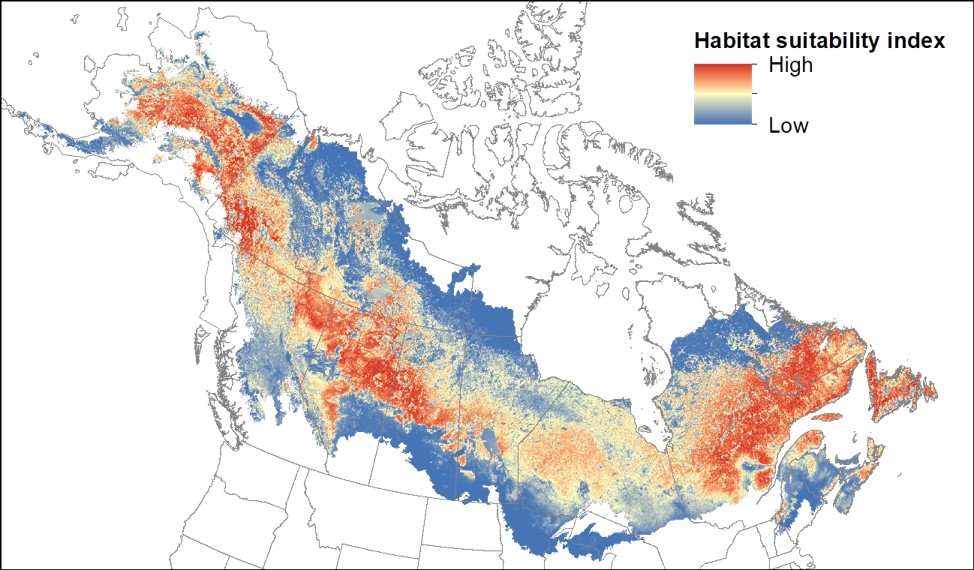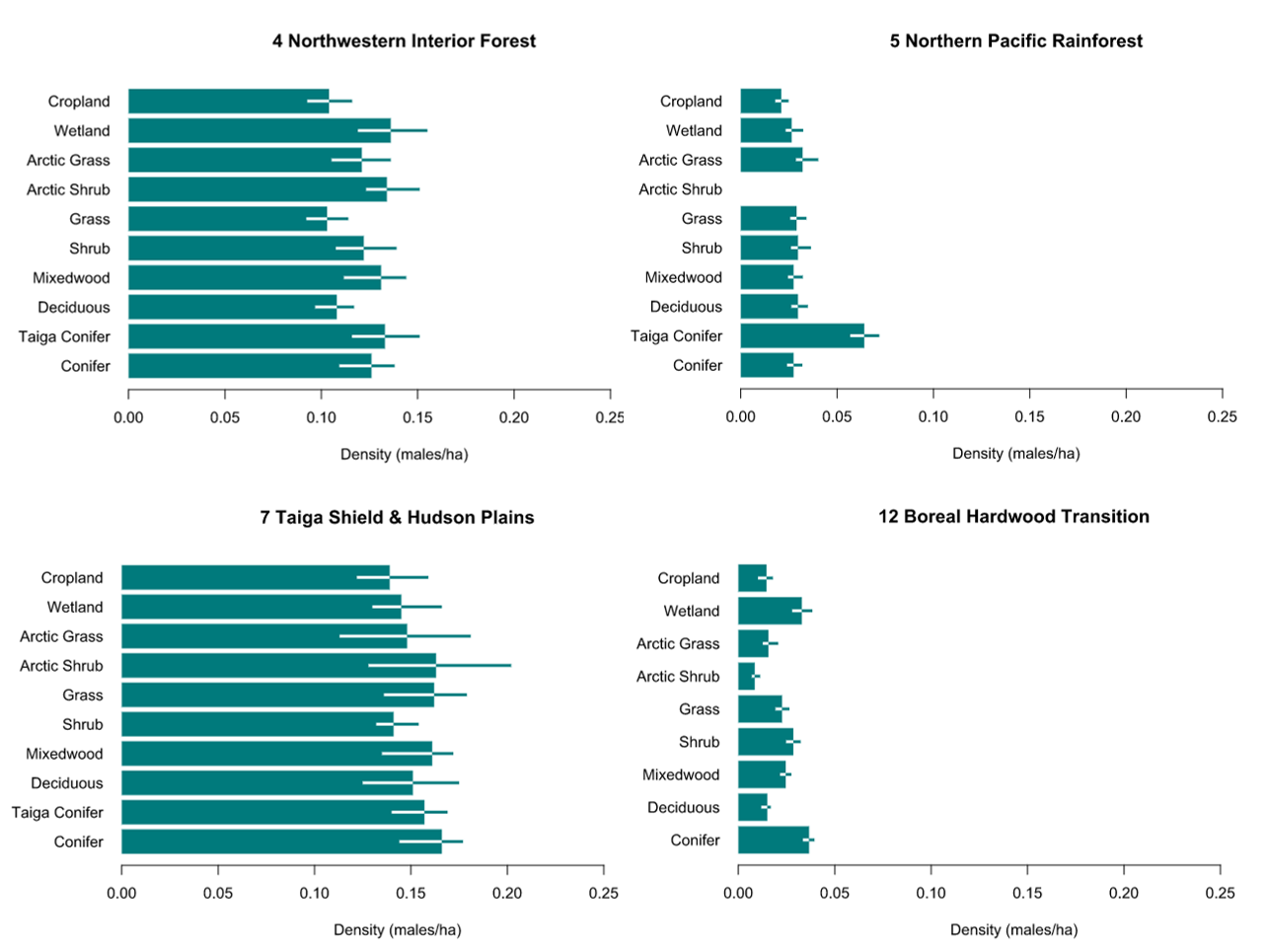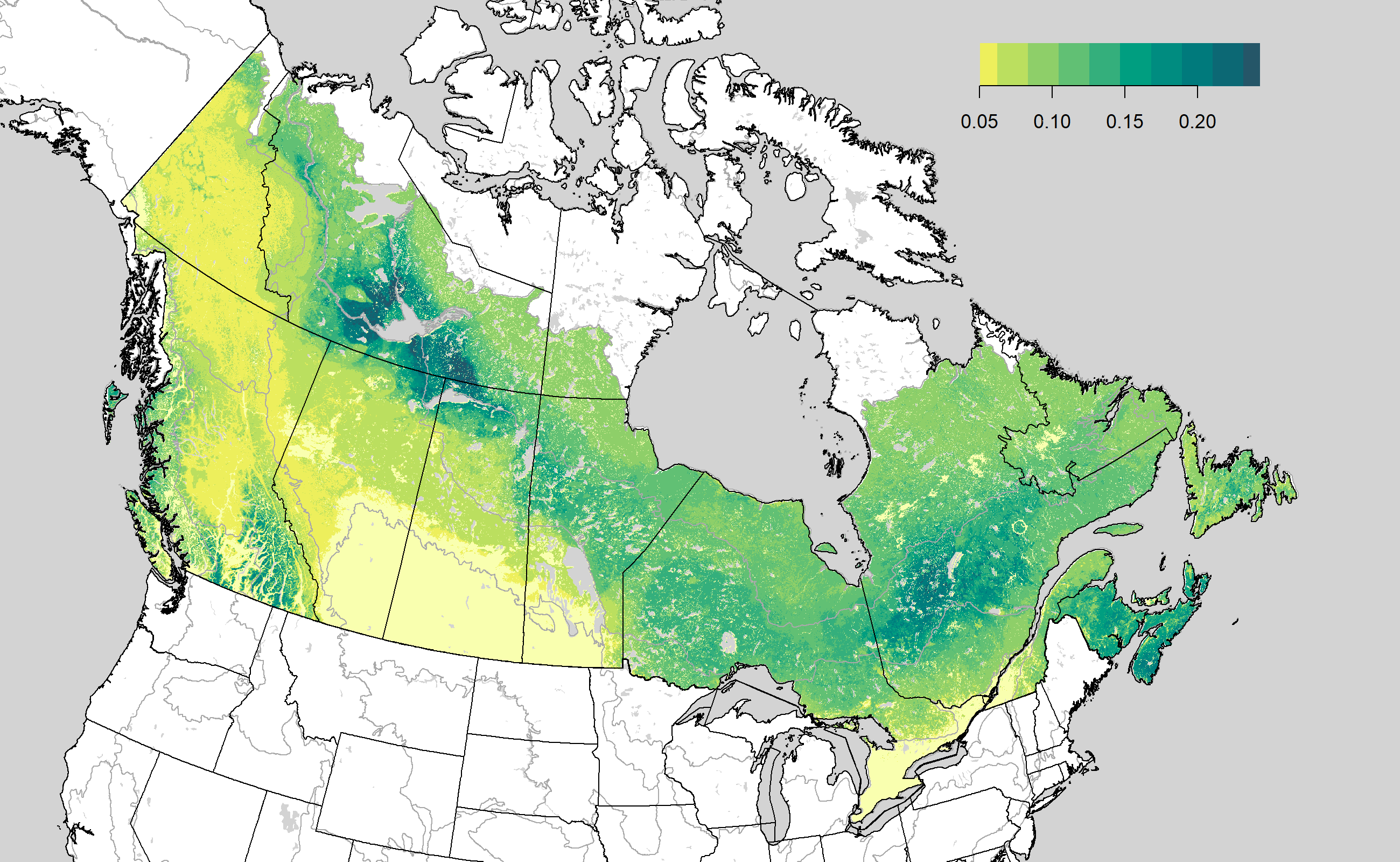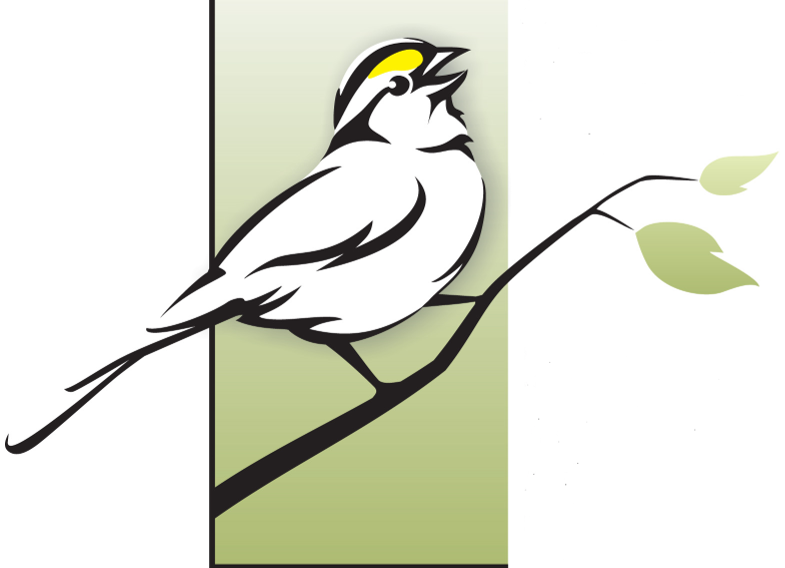Veery
Type of resources
Topics
Keywords
Contact for the resource
Provided by
Formats
Representation types
Update frequencies
status
Scale
Regions
Categories
-

We calculated population estimates for 81 landbird species in Bird Conservation Region 6 in Alberta, Canada, using spatially explicit models on roadside and off-road point-count surveys that incorporate land cover and climate as predictors. We compared our results with population estimates from Partners in Flight (PIF) and developed a framework to evaluate how the differences between the detection distance, time-of-day, roadside count, and habitat representation adjustments explain discrepancies between the 2 estimators.
-

Maps depict model-predicted species distribution and provide information about relative habitat suitability based on current climate and landcover. The suitability ranking of any mapped grid cell is the sum of the probabilities of that grid cell and all other grid cells with equal or lower probability, multiplied by 100 to give a percentage. This value represents the % of grid cells with a lower suitability value within the boreal/hemiboreal study region. Higher value pixels represent higher habitat suitability for a given species.
-

Tables representing species specific mean density(males/ha) by region and landcover classes. Models for each bird conservation regions (BCRs) intersecting Canadian jurisdictional boundaries were based on covariates such as tree species biomass (local and landscape scale), forest age, topography, land use, and climate. We used a post-hoc stratification (‘post-stratification’) approach to estimate land cover based density estimates (males per ha) for each species and regions (Canada and subunits). We classified the predictive maps according to the 2005 MODIS-based North American landcover map into major land cover types (Conifer, Taiga Conifer, Deciduous, Mixedwood, Shrub, Grass, Arctic Shrub, Arctic Grass, Wetland, Cropland) and calculated the mean of the pixel level predicted densities. Uncertainty was based on the 5th and 95th percentiles of the bootstrap distribution.
-

Maps of density (males/ha) in relation to environmental covariates, using the Boreal Avian Modelling Project database of point-count surveys.
 BAM GeoPortal
BAM GeoPortal